الاستاذ الدكتور خالد أحمد محمد الخطيب
الملخص
تناول هذا البحث بالدراسة والتحليل ظاهرة الوهم في مرويات إمام دار الهجرة مالك بن أنس وأصحابه، وهي إحدى أدق علل الحديث الخفية التي لا يتنبّه لها إلا النقاد الجهابذة. انطلق البحث من إشكالية محورية: كيف يمكن أن يقع الوهم في رواية إمام ضابط كالإمام مالك أو من كبار أصحابه الثقات؟ وكيف تمكّن إمام النقاد، الدارقطني، من كشف هذا الوهم من خلال منهجيته النقدية الفذّة في كتابه العلل؟. ولمعالجة هذه الإشكالية، اعتمد البحث المنهج الاستقرائي التحليلي النقدي، وذلك باستقراء النماذج التي نص فيها الدارقطني على وجود وهم في روايات مالك أو أصحابه، ثم تحليل هذه النماذج تحليلاً حديثياً تطبيقياً. وقد اشتملت الدراسة على قسم نظري تأسيسي تناول مكانة علم العلل، ومفهوم الوهم وأسبابه، ومكانة الإمامين مالك والدارقطني، ومنهج الأخير في كتابه العلل. أما القسم التطبيقي، فقد خصص لدراسة نماذج مختارة تمثل أنواعًا مختلفة من الوهم (في السند، وفي الرفع والوقف، وفي المتن)، حيث تم تخريج كل رواية بأوجهها المختلفة، ودراسة أسانيدها، والموازنة بين الرواة، ثم بيان قرائن الترجيح التي اعتمدها الدارقطني وغيره من النقاد للحكم على الرواية المعلولة. وقد خلص البحث إلى نتائج مهمة، أبرزها أن الوهم قد يقع من الثقة الحافظ، بل ومن الإمام الجليل نفسه، وهذا لا يطْعن في عدالته أو مكانته، بل يدل على دقة الصنعة الحديثية وبلوغها مبلغًا عظيمًا من التمحيص والنقد. كما أظهر البحث عبقرية المنهج النقدي عند الدارقطني، القائم على الجمع الشامل للطرق والمقارنة الدقيقة، واعتماد القرائن المتعددة، مما جعله إمامًا لا يُشق له غبار في هذا الفن. وأوصى البحث بضرورة إحياء الدراسات التطبيقية في علم العلل، والاستفادة من منهج الدارقطني في التعامل مع الروايات المعاصرة.
abstract
This research critically examines the phenomenon of al-wahm (error/illusion) in the narrations of Imam Mālik ibn Anas, the great scholar of Medina, and his companions. This constitutes one of the most subtle hidden defects (ʿilal) in Hadith, detectable only by master critics. The study addresses a central problem: How can such errors occur in the narrations of a highly precise Imam like Mālik or his reliable companions? And how did the leading critic, al-Dāraquṭnī, manage to uncover these errors through his unique critical methodology in his book, Kitāb al-ʿIlal? To address this, the research adopts a critical, inductive-analytical methodology. It surveys specific examples from Kitāb al-ʿIlal where al-Dāraquṭnī explicitly identifies an error in the narrations of Mālik or his companions. The study includes a foundational theoretical section that discusses the science of ʿilal, the concept and causes of al-wahm, the esteemed status of both Imam Mālik and al-Dāraquṭnī, and the latter’s methodology. The applied section is dedicated to a detailed analysis of selected models representing different types of errors (in the isnād, in attributing a narration as marfūʿ vs. mawqūf, and in the matn). Each narration is sourced (takhrīj), its chains are studied, narrators are compared, and the evidence (qarāʾin) used by al-Dāraquṭnī and other critics for preferring one version over another is elucidated. The study concludes with significant findings, most notably that al-wahm can indeed occur even from the most reliable and proficient narrators, including great Imams. This fact does not detract from their overall status but rather highlights the meticulous precision and rigor of the Hadith critique discipline. The research also showcases the genius of al-Dāraquṭnī’s critical method, which is based on comprehensive gathering of all transmission routes, meticulous comparison, and reliance on multiple forms of evidence. The study recommends the revival of applied studies in ʿilm al-ʿilal and leveraging al-Dāraquṭnī’s methodology in contemporary textual analysis
